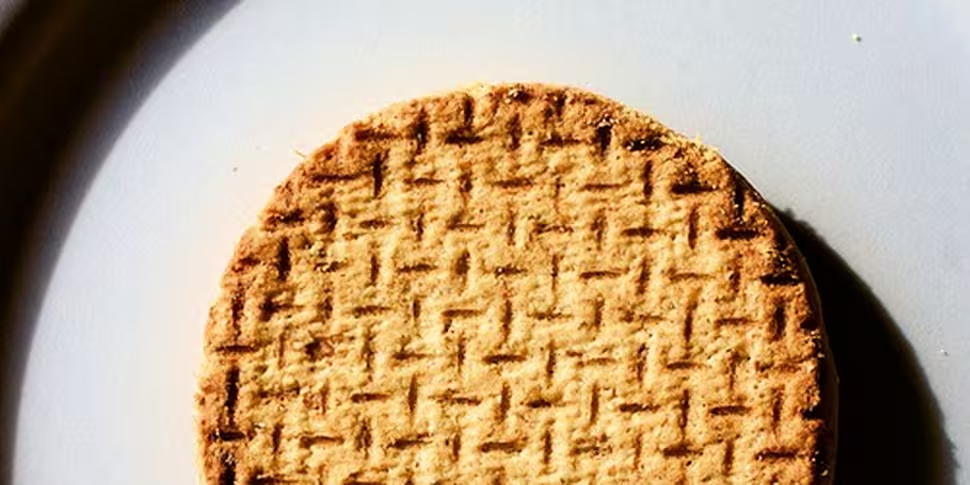There is, perhaps, no biscuit that provides quite the same utility as the Digestive. A flat, golden disc, it’s amongst the first that any child in this part of the world gets to grip with, the go-to dunker that teaches us all the perils of going into anything too deep, even a mug of tea. And yet, beyond your morning coffee break, the Digestive reigns supreme over other everyday biscuits for its versatility. Plain by design, it’s part and parcel of countless desserts and even has a home on a cheese board or smothered in salted butter. Semi-sweet, soft yet crumbly, made from coarse whole-wheat flour, the Digestive demands respect.
Digestives take their name from the main leavening agent added to the dough in the manufacturing process – baking soda. When it was first developed in 1892 at McVitie & Price factory by a young employee named Alexander Grant, the bakers thought the high soda content of the treat would make it an aid to good digestion. It’s entirely disproven now, with the sodium carbonate losing any potential medicinal qualities in the oven. Still, given that the Digestive is made of whole-wheat flour, it does have at least some fibre, so the name has stuck.
Not everywhere though. A popular, yet unproven, myth surrounds the biscuit and the USA, where it has allegedly been “banned” because it doesn’t have any digestive properties. Instead, on that side of the pond, the Graham Cracker, which similar but sweeter, is the biscuit of choice. Originally created by Presbyterian minister Sylvester Graham, his biscuit was designed as a health food staple to his Graham Diet, a regimen of his own creation he hoped would squash his own ‘unnatural’ urges for carnal ‘self-abuse’.
In the 124 years since the Digestive’s debut, perhaps the only major change to have come to the Digestive is the addition of chocolate. Since 1925, the chocolate Digestive has established itself as the dunker of choice across the UK and its former colonies. On an annual basis, McVitie’s sells more than 70m packets of chocolate Digestives in Britain, meaning that 52 of them are being nibbled on every second of the day.
In 2014, McVitie’s made headlines when the company responded to an email from a concerned customer, revealing that despite almost always being consumed chocolate side up, the chocolate side is actually the bottom, common sense be damned. It turns out it’s not just a whim of the McVitie’s marketing department, but actually refers to how the biscuits are coated – they reportedly go through a reservoir of melted chocolate, and “the McVitie’s stamp is on the other side, which is the top of the biscuit.”
The biscuit has long been a bestseller for McVitie’s in Britain and Ireland, but now the prestige of having a royal warrant as a supplier to Queen Elizabeth II has opened the eyes, mouths, and wallets of consumers all over the world. Demand in China has skyrocketed, and now McVitie’s hopes to expand it to new markets in India, the Middle East and Africa.
Five ways to use Digestive biscuits...
- Cashel Blue cheesecake with pickled pears – A sophisticated starter and twist on the classic
- Chocolate biscuit cake – Simple to make, this no-bake treat is now a staple at weddings
- DIY Speculoos cookie butter – The Dutch spread takes its cue for peanut butter
- Apple crumble cocktail – Spicy and sweet, and with one hell of a kick
- S’more fondue – A twist on the American campfire classic









